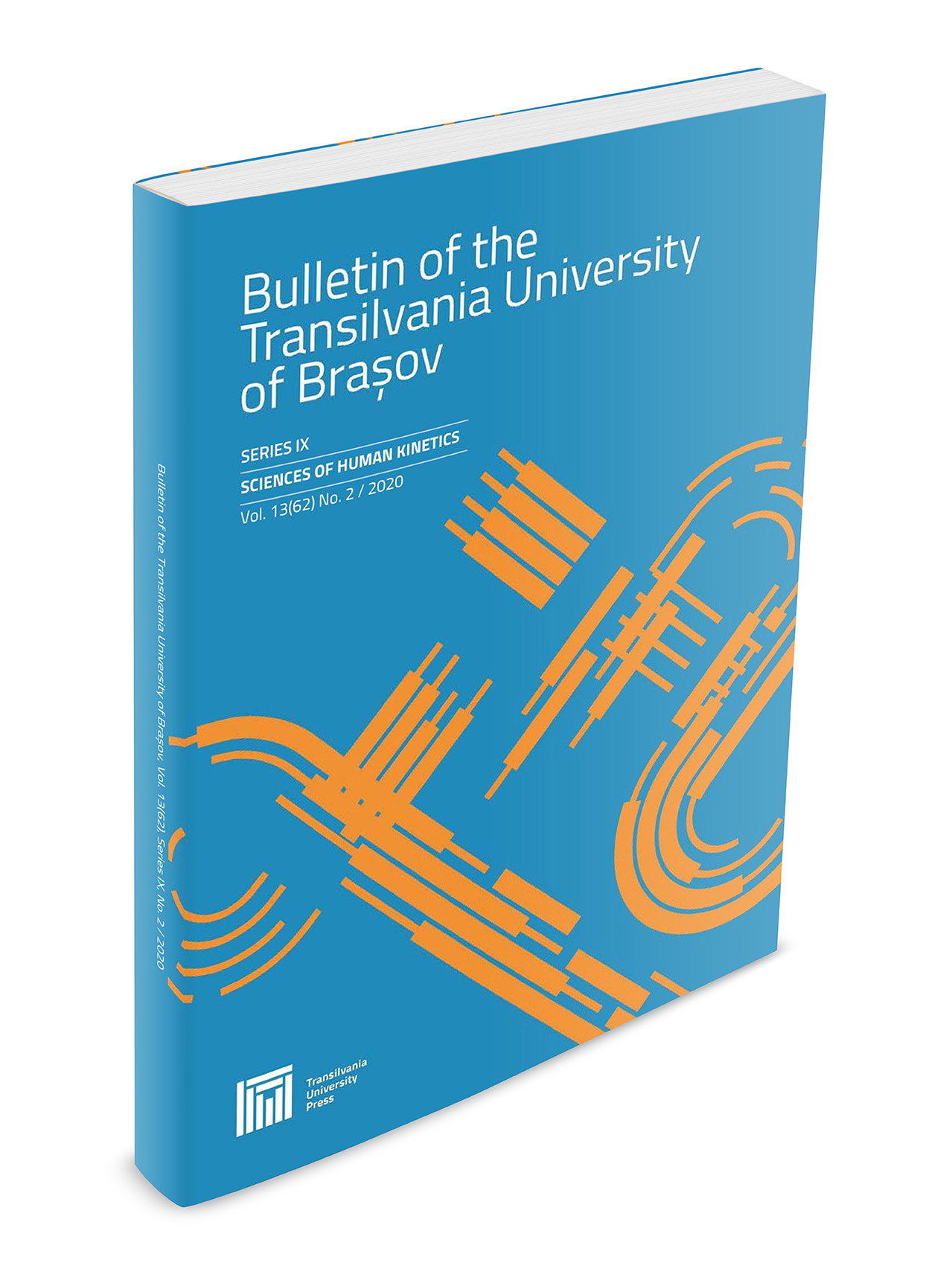Effect of Kinesiotape on Standing Long Jump in University Students
DOI:
https://doi.org/10.31926/but.shk.2020.13.62.1.17Keywords:
Kinesiotape, Performance, Standing long jumpAbstract
Objective: Verify the Kinesiotape (KT) effect on standing long jump (SLJ) performance in college-age students. Method: 100 college-aged students were randomly assigned to either the control group (CG) or the experimental group (EG). Both groups performed the standing long jump test in two consecutive days (pre-test and post-test), with a 24-hour rest period. The EG underwent the pre-test without KT, and the post-test with KT, which was bilaterally applied in the quadriceps femoris muscle with a tension of 75%. The CG performed the pre-test and the post-test without KT. Results: Significant differences were observed between the pre-test and post-test performance of EG, whereas there were no significant differences between the pre-test and post-test results in the CG. Conclusion: bilateral application of KT in the quadriceps femoris muscle with a tension of 75% could be useful to improve standing long jump performance in college-age students.Downloads
Published
Issue
Section
License
Copyright (c) 2021 BULLETIN OF THE TRANSILVANIA UNIVERSITY OF BRASOV. SERIES IX: SCIENCES OF HUMAN KINETICS

This work is licensed under a Creative Commons Attribution 4.0 International License.





